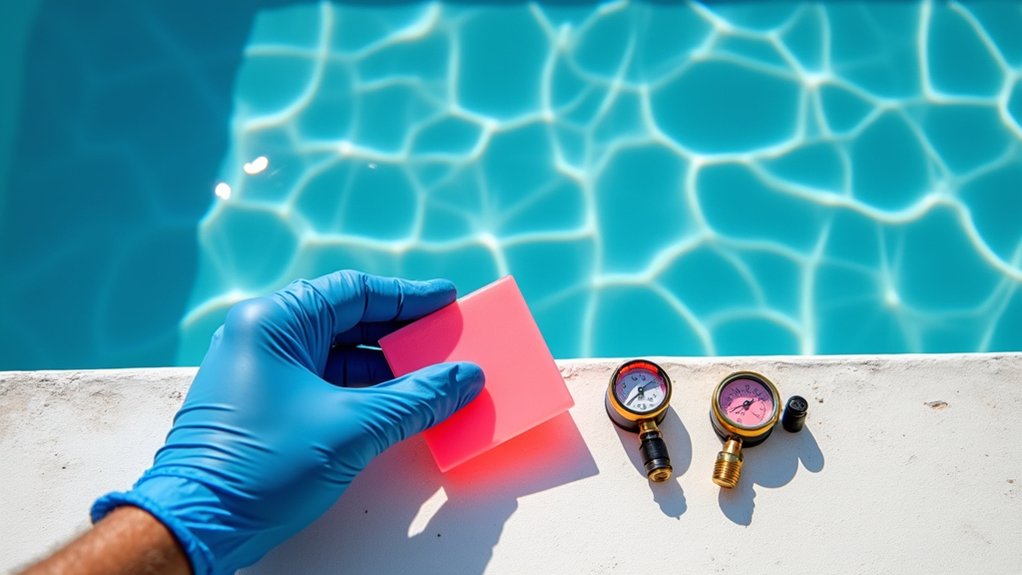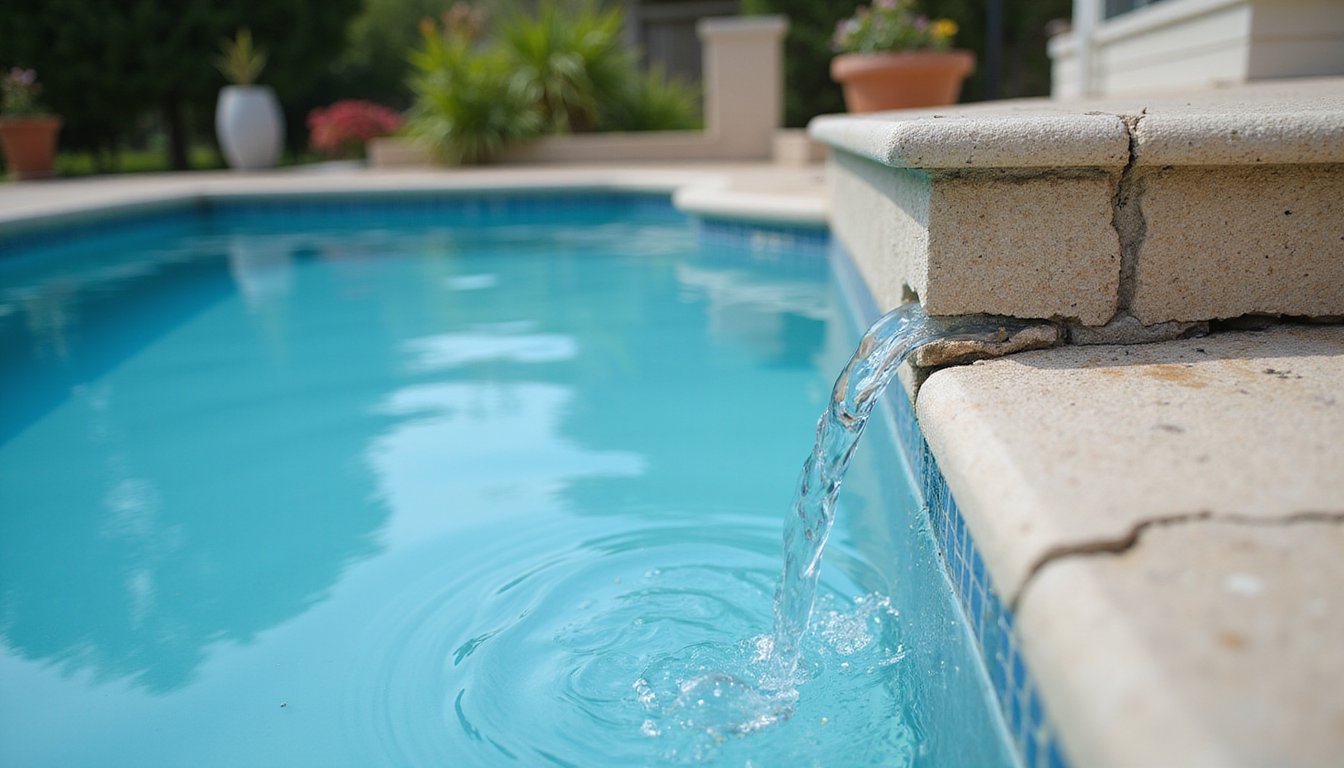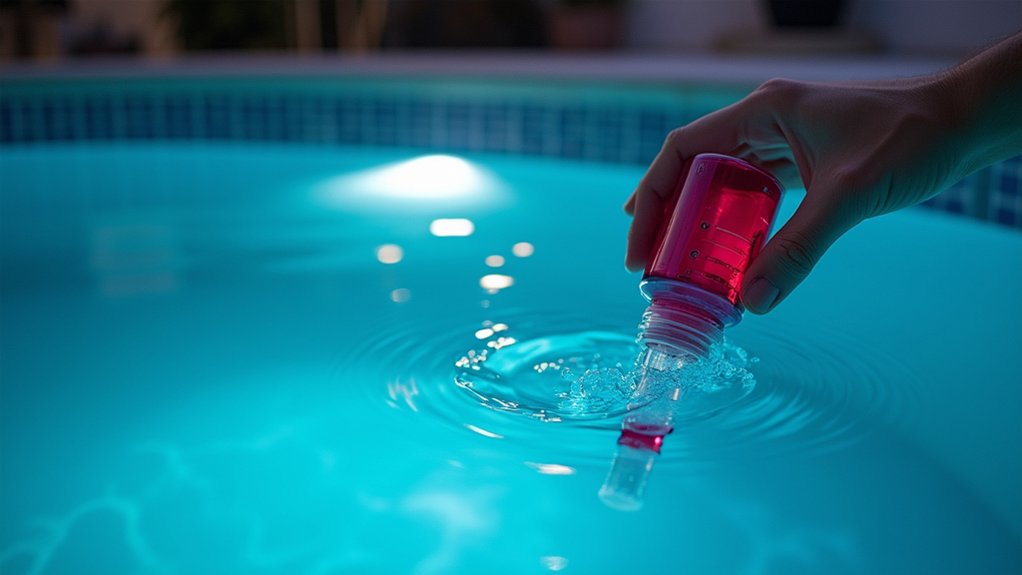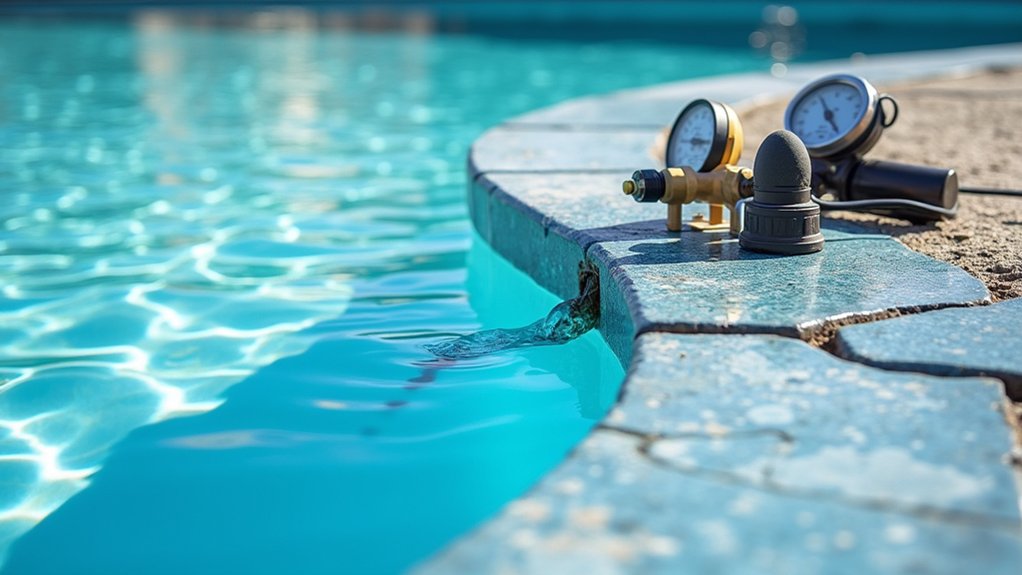You’ll find swimming pool costs in 2025 varying considerably based on type and design. Above-ground pools start at $5,000, while semi-inground options begin at $25,000. For inground installations, expect to invest $65,000+ for fiberglass and $85,000+ for concrete models. Don’t forget to factor in 25-35% for labor costs, plus annual maintenance ranging from $3,000-$5,500. Understanding the complete cost breakdown will help you make a well-informed investment decision.
Types of Swimming Pools and Their Base Costs
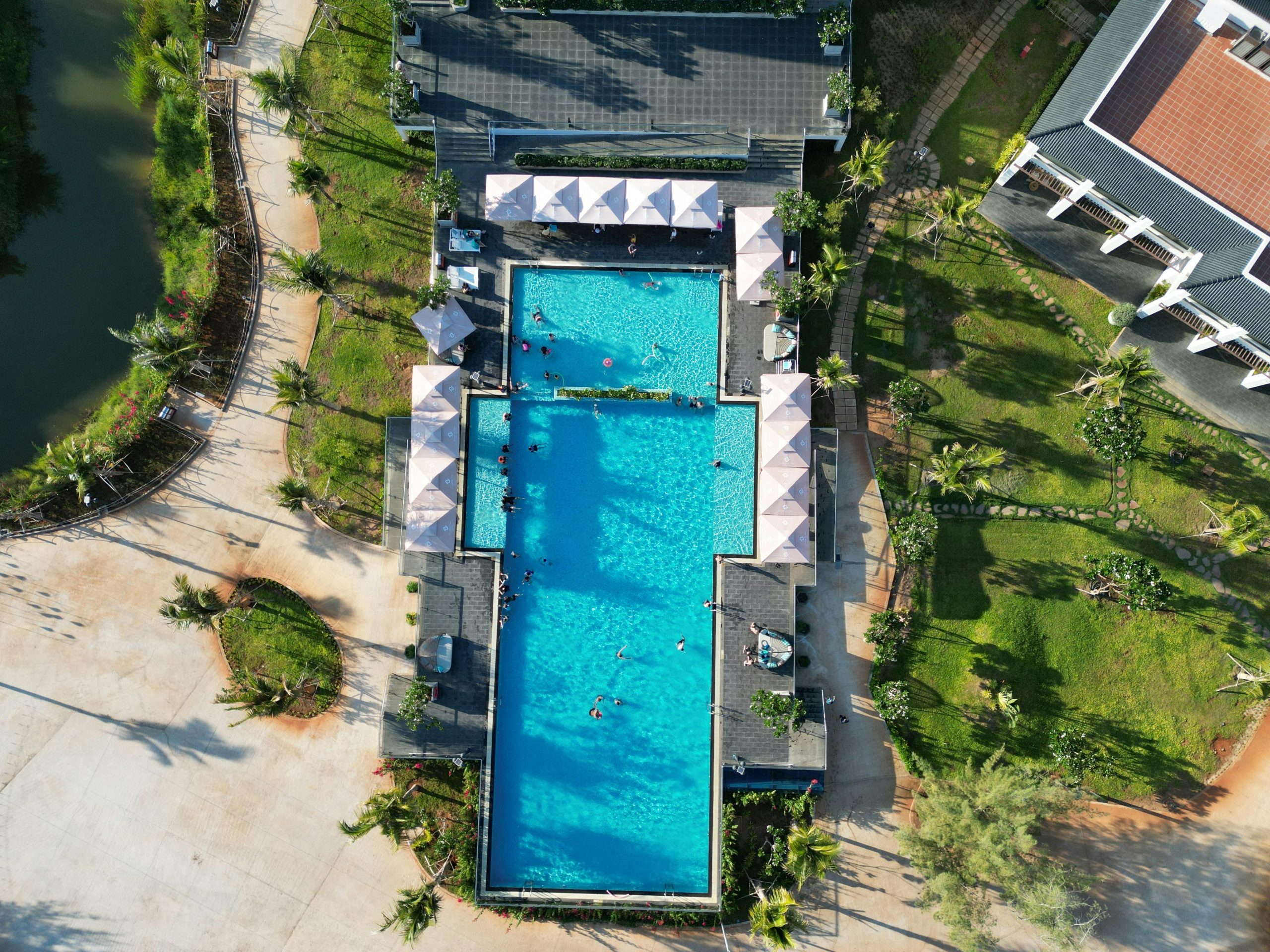
Three primary categories of swimming pools dominate the residential market in 2025: inground, above-ground, and semi-inground installations. You’ll find significant price variations between these options, with inground pools commanding the highest base costs.
Inground pools start at $65,000 for fiberglass pools, while concrete installations begin at $85,000. Above-ground pools featuring vinyl liners represent the most economical choice, with base prices ranging from $5,000 to $15,000. Semi-inground options fall between these extremes, typically starting at $25,000.
Your location, soil conditions, and chosen materials will influence the final cost. Premium features like automated systems, specialized lighting, or improved filtration can increase these base prices by 20-40%, depending on your selections and local market conditions.
Labor and Installation Expenses
Installation labor typically comprises 25-35% of a pool’s total cost in 2025, with rates varying considerably by region and project complexity. You’ll need to factor in excavation costs, which range from $3,000 to $6,000, depending on soil conditions and accessibility.
The current labor market has driven installation costs higher, with skilled pool contractors commanding premium rates. Modern installation techniques, including precision laser leveling and automated plumbing systems, require specialized expertise that impacts labor expenses. You’ll also need to budget for multiple crew types: excavators, plumbers, electricians, and finishing teams.
Additional labor costs arise from site preparation, drainage installation, and final landscaping. Permits and inspections require contractor oversight, further adding to your installation expenses. Complex designs or challenging terrain can increase labor costs by 15-20%.
Additional Features and Upgrades
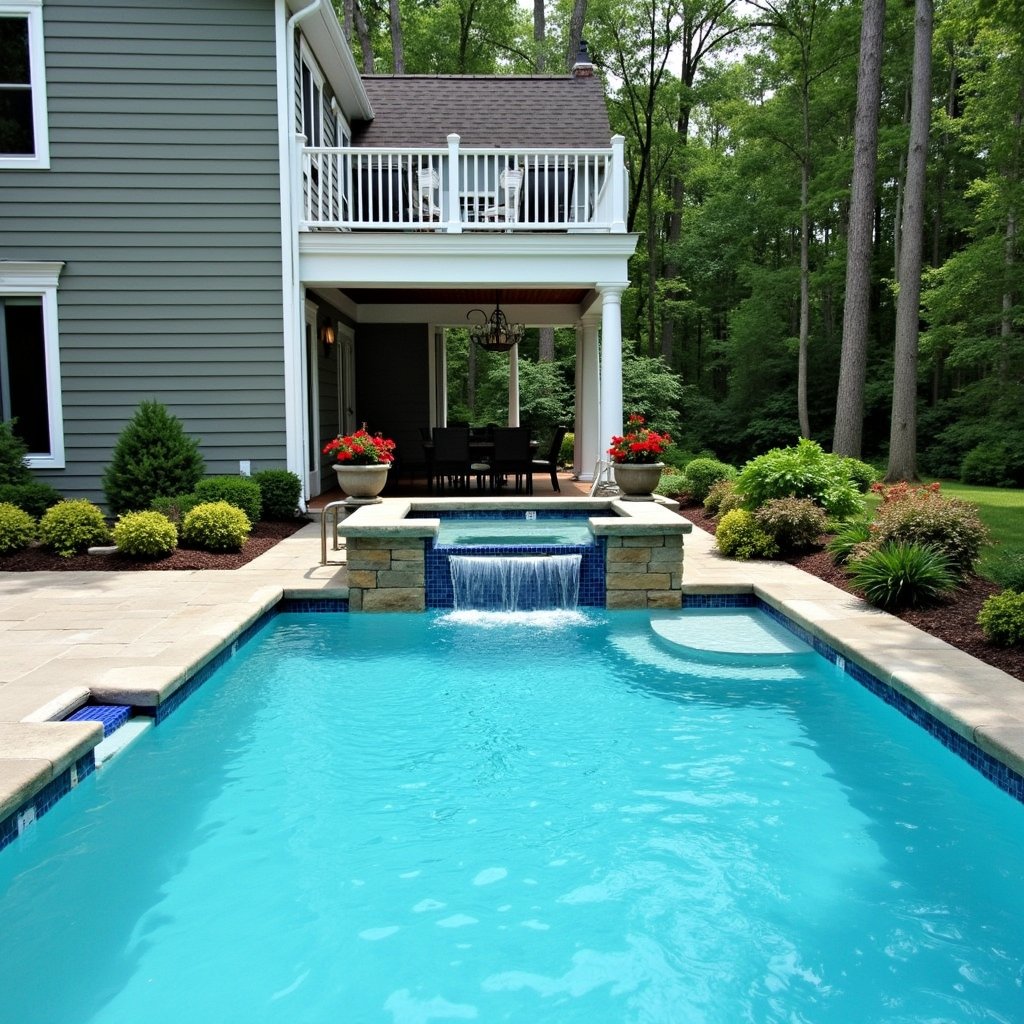
Beyond basic construction and labor, pool improvements greatly influence your total investment in 2025. You’ll find different upgrades that can improve both functionality and value. Smart technology integration, including automated cleaning systems and remote-controlled heating, typically adds $2,000-$5,000 to your project. LED lighting systems range from $400-$1,200, while water features like waterfalls or fountains cost $500-$3,000.
Eco-friendly options have become increasingly popular, with solar heating systems ranging from $3,000-$8,000 and variable-speed pumps costing $800-$2,500. You’ll also need to take into account safety features such as automatic covers ($1,500-$3,000) and pool fencing ($1,500-$4,000). Extra amenities like diving boards ($300-$800) and salt chlorination systems ($800-$1,600) can further customize your pool to meet specific needs.
Maintenance and Operating Costs
When calculating your total pool ownership costs in 2025, annual maintenance and operating expenses will typically range from $3,000 to $5,500. You’ll need to budget for regular water chemistry testing, chemical treatments, and filter maintenance, which average $600-900 per year. Energy costs for running your pool pump and heating system will depend on your location and energy efficiency ratings, typically ranging from $1,200-2,000 annually.
Professional pool service contracts, if you choose not to handle maintenance yourself, will add $1,200-2,600 to your yearly expenses. You’ll also need to factor in seasonal opening and closing services ($300-500 each), minor repairs ($200-400), and replacement of worn equipment parts ($500-1,000). Installing energy-efficient pumps and LED lighting can help reduce long-term operating costs.
Permits, Insurance, and Legal Requirements
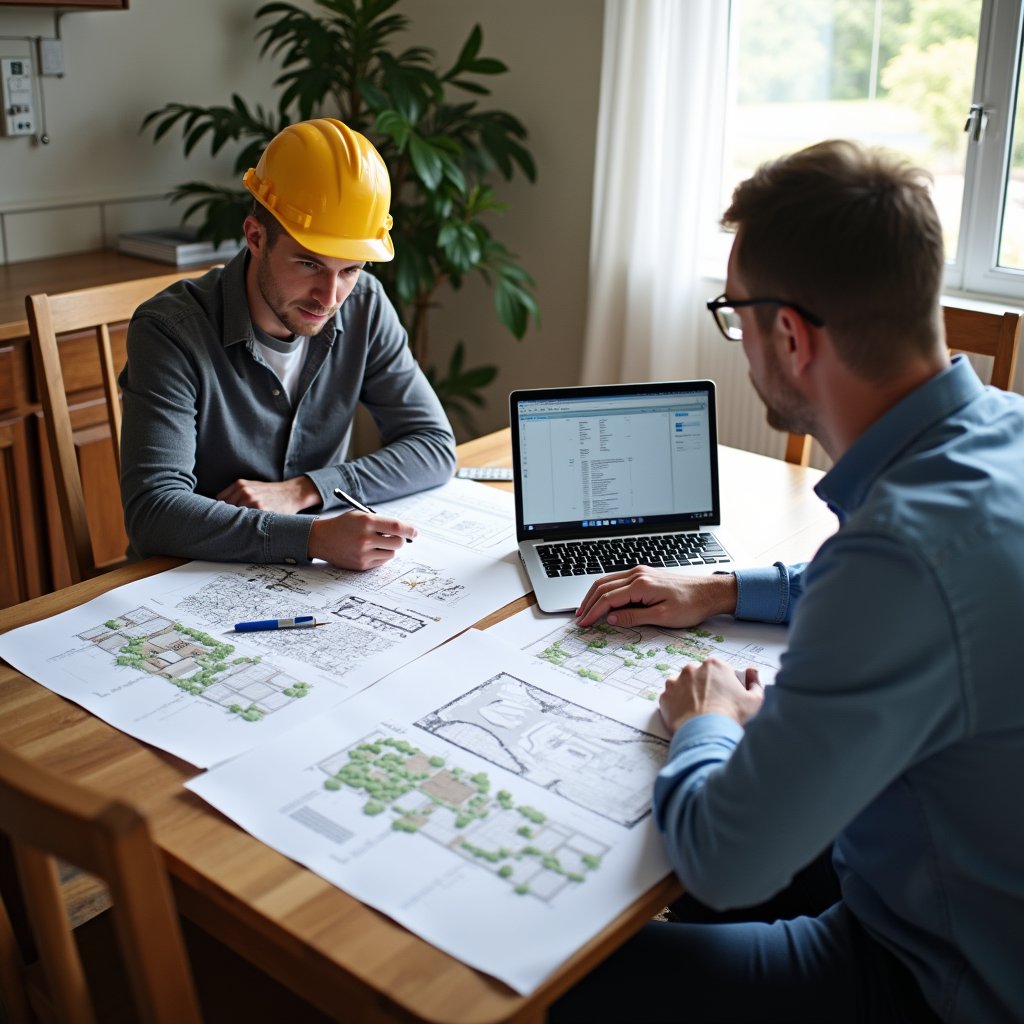
Before construction begins, pool owners must navigate a complex set of permits, insurance requirements, and legal regulations in 2025. You’ll need to obtain local building permits, which typically cost between $450 and $1,800, depending on your jurisdiction. Most municipalities require detailed site plans, engineering drawings, and safety barrier specifications.
Your homeowner’s insurance coverage will need updating to include the pool, often increasing premiums by $200-$500 annually. You’ll also need to meet specific liability requirements, usually a minimum of $500,000 in coverage. Supplementary permit requirements may include electrical inspections, plumbing permits, and zoning compliance certifications. Don’t forget to research your HOA regulations, as they might impose supplementary restrictions or requirements beyond municipal codes.
Frequently Asked Questions
How Long Does It Take to Build a Swimming Pool?
Your pool construction timeline typically ranges from 8 to 12 weeks for a standard inground pool. Weather impact can greatly affect this schedule, potentially adding 2-4 weeks during rainy seasons. You’ll experience distinct phases: excavation (3-5 days), plumbing and electrical (1 week), shell construction (2-3 weeks), decking (1-2 weeks), and finishing work (1 week). Complex designs or permit delays can extend your timeline further.
Can I Install a Pool in a Sloped Backyard?
Yes, you can install a pool in a sloped backyard, but you’ll need to address specific pool installation challenges. Your options include building a retaining wall, creating a multilevel design, or implementing cut-and-fill grading. Sloped backyard solutions might require extra engineering and structural support to guarantee stability. You’ll need to work with an experienced pool contractor who can manage proper drainage, prevent soil erosion, and design appropriate access points around the pool.
What Is the Best Time of Year to Build a Pool?
Fall and winter are your ideal times to build a pool, offering significant off-season discounts from contractors who have lighter schedules. You’ll typically save 10-15% on construction costs compared to peak summer months. While summer installations are popular, you’ll face longer wait times and premium pricing. Winter construction also guarantees your pool is ready for immediate use when warm weather arrives, though weather conditions may occasionally delay progress.
Will a Swimming Pool Increase My Property Value?
A swimming pool’s impact on your property value varies considerably by location and market conditions. In warm climates, you’ll typically see a 5-8% increase in property value, while cooler regions might experience minimal gains. Your resale potential depends on your target buyer demographic and neighborhood standards. Consider that high-end buyers often expect pools in luxury properties, but some buyers may view them as maintenance liabilities. The pool’s design and condition considerably influence value appreciation.
How Close to Property Lines Can I Build My Pool?
You’ll need to check your local zoning laws for specific pool setback regulations, as they vary by municipality. Typically, inground pools must be at least 5-10 feet from property lines, while some areas require larger distances of 15-20 feet. Don’t forget to take into account equipment placement, as pump and filter systems often have their own setback requirements. It’s essential to consult your local building department and obtain proper permits before starting construction.

